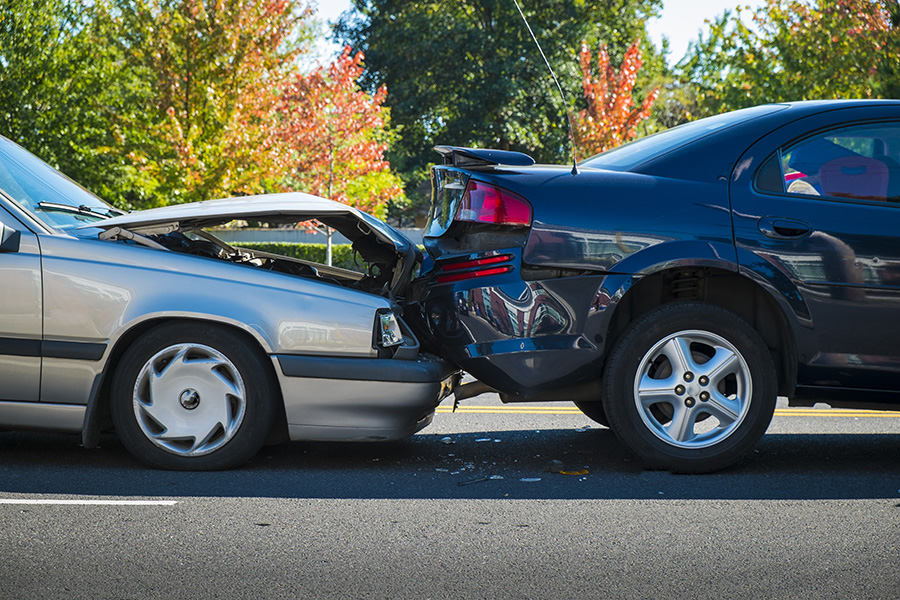- Apply
- Visit
- Request Info
- Give



Published on November 11, 2020

Since March 2020, the deadly COVID-19 has imposed unprecedented limits on normal life in America and the world beyond. With COVID has also come unexpected trends, including the incidence of automobile accidents.
Mitchell Doucette, assistant professor of health sciences at Eastern Connecticut State University, in collaboration with eight other researchers, has published new research on how Governor Lamont’s initial COVID-19 stay-at-home order impacted motor vehicle crash rates in Connecticut. The research, titled “Initial Impact of COVID-19’s Stay-at-Home Order on Motor Vehicle Traffic and Crash Patterns in Connecticut: An Interrupted Time Series Analysis,” is published in the latest edition of Injury Prevention journal.
“We compared motor vehicle crash rates before and after the March 23 stay-at-home order,” said Doucette. “We found that single-car crash rates overall and single car crash rates that involved a fatality increased significantly in the initial period of the stay-at-home order (March 23-April 30), after accounting for large drops in traffic volume. Overall, the single crash rate increased more than two times while the fatal, single car crash rate increased around four times.”
Doucette said additional sensitivity analyses comparing previous years to 2020 suggests that the increase in crash rates is likely wholly due to the COVID-19’s associated stay-at-home order.
“We believe that an increase in speeding likely drove these findings, consistent with previous news media reports of increased speeding among motorists and reduced police presence on roadways during the initial stage of the pandemic.”
Doucette said it is essential to understand how COVID-19 associated stay-at-home orders have impacted motor vehicle crashes in order to prevent future unintentional injuries and fatalities.
“During emergency situations that involve sheltering in place, or even future stay-at-home orders, Connecticut and other states should consider implementing strategies to prevent single car crashes, such as introducing traffic calming measures or increasing police presence on roadways. These strategies can potentially reduce the number of injuries on our roadways during similar, future events.”
For more on Doucette’s research, visit: https://injuryprevention.bmj.com/content/early/2020/10/28/injuryprev-2020-043945
Written by Dwight Bachman